Prophecy for Miss Universe

Top 14 Best Places to Visit in England and How to Save Money
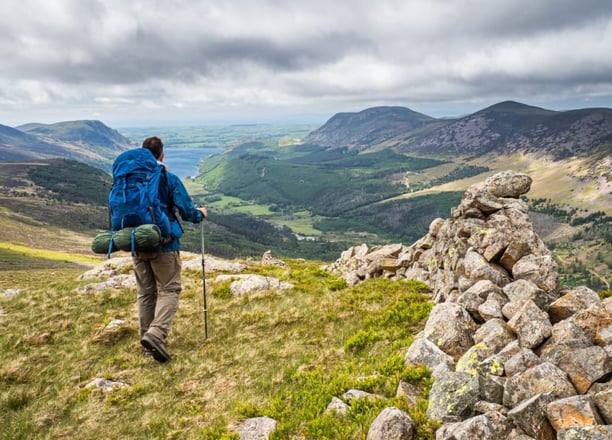

One of the first things that comes to mind for most travelers is that England is an extremely expensive country, and this discourages many from visiting. Others believe there isn’t much to see in England beyond London and that two or three days are enough.
But in this guide, we’ll debunk both of these widespread beliefs, because not only are there many places to visit in England, but it’s also possible to travel on a budget.
How to save money while traveling in England
Let’s start with the topic that concerns most backpackers: I won’t lie, England is one of the most expensive countries in Europe, and traveling across it can be costly—especially when it comes to accommodation.
But there’s a way to travel without paying for lodging, and that’s through volunteering.
On the Worldpackers platform, you’ll find a wide variety of volunteer opportunities in England. In exchange for working a few hours a day, you can receive free accommodation and, in many cases, meals. From hostels to holistic centers and family homes, there are countless projects looking for a helping hand.
Besides saving on accommodation, volunteering allows you to meet people, learn new skills, and experience a unique cultural immersion by living with locals.
Throughout the article, I’ll share pages where you can find volunteering options in each destination.
Best Places to Visit in England: London and Surroundings
London
England’s capital is by far its top tourist destination—and most likely the starting point of your trip.
Rich in history and iconic landmarks like Big Ben, Buckingham Palace, St. Paul’s Cathedral, Piccadilly Circus, and the River Thames; home to amazing free museums such as the National Gallery, TATE Modern, and the British Museum; full of green parks and centuries-old pubs—London is a city where you could stay for weeks and always find something new to explore.
Of course, there’s the budget issue, but with this Guide to Visiting London on a Budget and 20 Free Things to Do in London, you can save a lot of money.
Also, check out volunteer opportunities in London and Greater London to help cut down on accommodation costs.
Cambridge
Less than 100 km from London, the city of Cambridge is a perfect day trip destination from the capital.
Cambridge is synonymous with its world-famous university, but don’t think it’s just one main building and that’s it. The university is actually made up of several colleges spread across the (small) city.
Despite being one of the most “posh” cities in England, its youthful atmosphere is thanks to the large number of international students. It’s also full of charming cafés.
Don’t miss the Corpus Clock outside Taylor Library—one of the most curious clocks you’ll ever see.
Oxford
Now we head to Cambridge’s academic rival, Oxford, located about 90 km from London. For centuries, Oxford has stood for academic excellence and is often ranked the most prestigious university in the world.
Like Cambridge, Oxford has no single campus; it consists of about 40 colleges spread throughout the city. Some are open to visitors, like Christ Church, which appeared in the Harry Potter movies and has a church with daily live music.
Don’t miss the Bodleian Library, one of the oldest in Europe (founded in 1602) and second-largest in the UK after London’s British Library. Also see the iconic Hertford Bridge, popularly known as the Bridge of Sighs.
If you want to stay longer than a quick visit, explore volunteering opportunities in Oxford.
Stonehenge
While pictures of Stonehenge may make it look like just a few oddly placed rocks, visiting this UNESCO World Heritage Site is a truly special experience.
It’s surrounded by some of England’s most beautiful and accessible grasslands—lush and bright green, like something out of a painting. The entire complex includes around 200 structures believed to have been built between 3100 and 2000 B.C.
Studies suggest that the site functioned as an astronomical observatory to predict seasonal changes.
The nearest train station is Salisbury, with buses connecting to the site.
White Cliffs of Dover
Dover is known as the closest British port to mainland Europe, with frequent ferry service to France via the English Channel. It also boasts the oldest standing Roman lighthouse in the UK. But what really makes Dover special are its cliffs.
These dramatic white cliffs are among the most iconic coastal landscapes in the UK. A 6-km hike takes you along the top of the cliffs from Eastern Docks to St Margaret’s Bay.
Best Places to Visit in Southern England
Brighton
The charming seaside town of Brighton is another easy day trip from London.
Its beach along the English Channel is one of the most popular in summer, though it’s much quieter the rest of the year.
In addition to relaxing on the beach, you must visit Brighton Pier, filled with carnival games, food stalls, and amusement rides.
Wandering through The Lanes, the historic shopping district, is also a must.
Devon
Devon is arguably one of the most photogenic counties in the country, ideal for exploring by bike or rental car. Its beauty lies in coastal roads and small picturesque villages.
Bordered by the English Channel and the Bristol Channel, it offers stunning seaside scenery. The English Riviera includes seaside towns like Torquay, Paignton, and Brixham. The Jurassic Coast—named for the fossil discoveries made there—is a 150-km route with spectacular beaches and landscapes.
Nothing says England like tea time, and the “Devonshire Cream Tea”—tea served with scones, jam, and thick Devon cream—is the most celebrated of all.
Discover the region in depth by joining a volunteer project in Devon.
Cornwall
From Devon, we head to Cornwall, in the far southwest of Britain—a culturally distinct region where Celtic pride runs deep.
Its natural beauty, miles of coastline, mild climate, and strong local culture make this mostly rural area a favorite among British tourists, though it's lesser-known internationally. That means visiting Cornwall offers a truly local experience.
Don’t miss Land’s End, the westernmost point of mainland UK, or a show at the Minack Theatre, an open-air amphitheater built into a cliff overlooking Porthcurno Bay (pictured below). The theater season runs from April to September with very affordable tickets.
Other highlights include St. Michael’s Mount, with its dramatic hilltop castle, and Watergate Bay.
Bath
Founded as a thermal spa by the Romans, Bath flourished during the Georgian era (1714–1830), leaving behind stunning architecture from that period.
As expected, the Roman Baths are the main attraction, although you can only tour the museum—you can’t actually bathe there, as they’ve been closed since 1979 for safety reasons. Still, the complex is architecturally impressive.
The city is filled with grand buildings and parks, including the Royal Crescent, a massive residential complex built in a crescent shape—one of the UK’s best examples of Georgian architecture.
Most tourists just stop by for the day, but there’s much more to explore. To discover the city more deeply, look into volunteering in Bath or nearby Bristol.
Other Places to Visit in Central and Northern England
Liverpool
The Beatles made Liverpool the second most famous tourist city in England, attracting fans eager to explore every spot connected to the band—or even just to pose for a photo on Abbey Road (which, by the way, is actually in London).
But beyond the Fab Four, Liverpool offers rich culture: Pier Head, a group of waterfront buildings; Europe’s oldest Chinatown; a massive cathedral; and top-notch free museums like the Museum of Liverpool.
Live like a local for a while by volunteering in Liverpool.
Manchester
Gone are the days when Manchester was a gloomy industrial city. Now the third-largest city in England and the “capital of the North,” it’s full of energy and culture.
Former factories and warehouses have been turned into Michelin-star restaurants, shopping centers, and museums. Still, traces of its industrial heritage remain everywhere.
Manchester offers the excitement, diversity, and culture of a major city—without the overwhelming scale of London. To enjoy it at its best, visit during spring or summer.
Experience its multicultural flair by exploring Chinatown and Curry Mile, the city's Little India full of restaurants, shops, and clothing stores from India, Pakistan, and Bangladesh.
Stratford-upon-Avon
Best known as the birthplace of William Shakespeare, Stratford is a small town by the River Avon.
Its deep connection to the most famous playwright in the English language brings many tourists, and the town has preserved its historic buildings to maintain its charm. Walking through the old town feels like stepping back in time.
The house where Shakespeare was born is the town’s main attraction, but you can also visit Anne Hathaway’s Cottage (his wife’s childhood home) and Mary Arden’s Farm (his mother’s home).
Don’t miss the chance to see a play by the Royal Shakespeare Company at the legendary Royal Shakespeare Theatre. Tickets available at rsc.org.uk.
York
A paradise for history lovers, York features Roman, Viking, and Saxon heritage. Highlights include defensive walls, the majestic York Minster Gothic cathedral, and The Shambles, a medieval street dating back to the 14th century.
York is also a great base to explore Yorkshire County, including North York Moors National Park, and seaside towns like Whitby and Scarborough.
Also, check out Robin Hood’s Bay, a small coastal village once key for smuggling goods like rum and tobacco from France and the Netherlands into Yorkshire. Rumor has it there’s a hidden tunnel system beneath the village—but it’s closed to the public.
Volunteer in York and take your time exploring the treasures of Yorkshire.
Lake District
As the name suggests, the Lake District is a region of stunning lakes, hills, mountains, farms, and photogenic rural towns—an inspiration for Romantic poets known as the Lake Poets.
The most famous area lies within the Lake District National Park, one of the country’s few mountainous regions. While it’s no Alps, it does include England’s highest peak: Scafell Pike (978 meters).
Among all the lakes, Windermere is the most visited, but quieter ones like Ullswater offer total tranquility.
This region is perfect for backpackers who enjoy hiking and camping.
Although there are more destinations worth mentioning, these are arguably 14 of the best places to visit in England, showcasing every region, landscape, landmark, and cultural gem the country has to offer.
In this guide, I’ll take you on a journey across the country from end to end, exploring the 14 best places to visit in England.
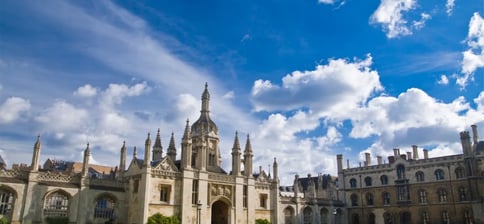



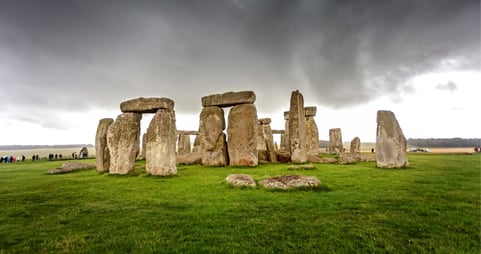

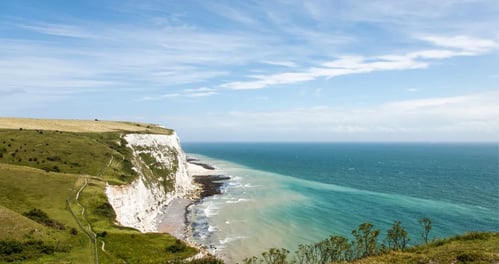

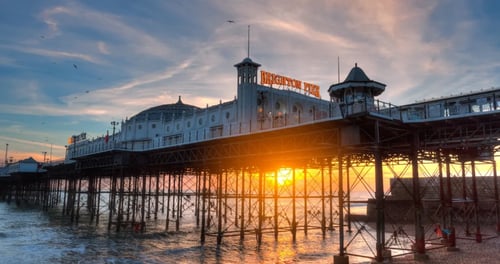

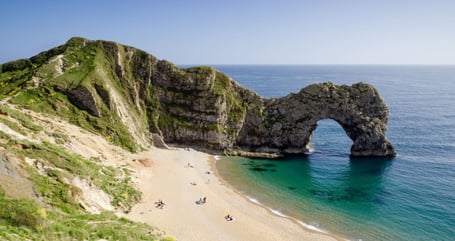

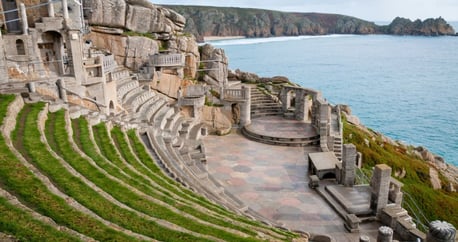

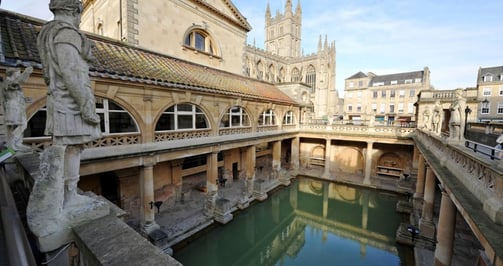

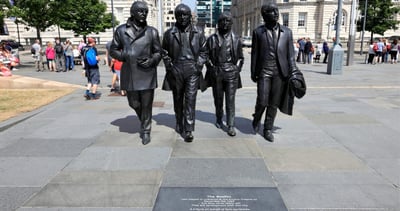



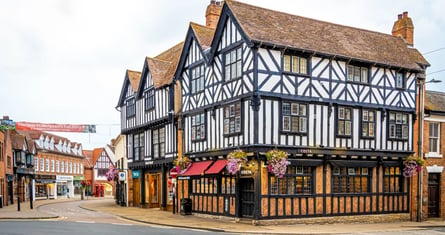

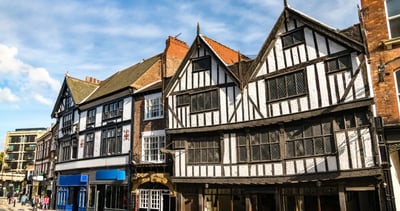



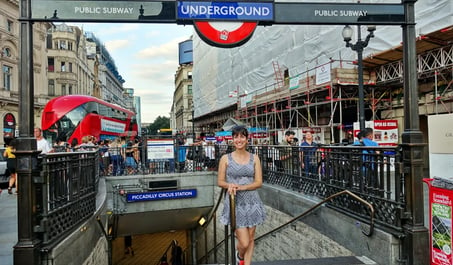

Prophecy for Miss Universe
All rights reserved